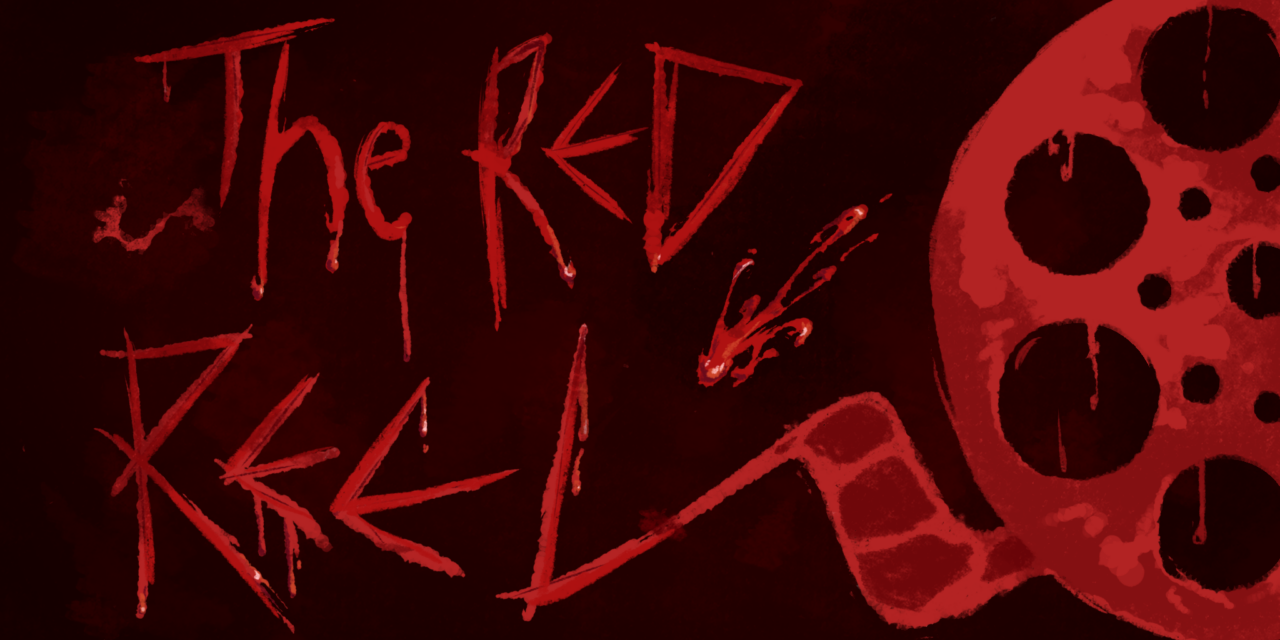
Ha-Tien Nguyen/Podcast Editor
Since when did fear get so fabulous? The horror genre has an intimate relationship with queer film communities around the globe, and this unlikely alliance comes with no surprise. In the mainstream film industry of the early 20th century, the Motion Picture Production Code, also called the “Hays Code” ruled the silver screen. Under these guidelines, homosexuality of any kind was forbidden from being portrayed, or else filmmakers faced the consequences of being artistically suppressed and financially downtrodden. Thus, queer stories in cinema found a home in horror movies, both because of the genre’s often-independent nature and their ability to smuggle queer themes through surveillance by portraying gay characters as villains or obscenities.
Whether subtextual or explicit, horror movies and queer culture continue to work together to quench the bloodthirsty appetites of LGBTQ moviegoers — or anyone who likes an added spice to their scream. Spanning several continents and many decades, here are some of the most culturally influential and technically provocative films of the subgenre.
“Funeral Parade of Roses” (1969)
Although Toshio Matsumoto’s genre-defying film is more psychedelic than scary, its murderous Oedipal undertones drape it in a kaleidoscopic frame of stab-induced gore. This blend of documentary with fiction follows Eddie (Pîtâ), a transgender woman in Tokyo’s underground queer scene. Broadly, it explores the world of the “Gei Boi,” the young women of Tokyo’s underbelly who inhabit genderqueer identities without the societal acceptance or language to define themselves.
The film is at once tender and harshly cruel, an exercise in portraying a community exactly as they are while simultaneously putting their stories straight to the knife. Watching this film is comparable to walking into a fun-house and getting lost in the mirrors — a pile of puzzle pieces that beckons one to solve it but is missing dozens of pieces. Innovative treatment of the medium, electrically memorable scenes and an emphatic deep dive into the contemporarily untouchable are what make this work an under-appreciated gem of proto-queer horror.
“Sleepaway Camp” (1983)
A summer camp filled with hundreds of rambunctious teenagers. Irresponsible, dramatically outnumbered and equally rowdy supervisors. Dozens of cabins littered in an isolated woodsy landscape. “Sleepaway Camp” in severe Serif font fading onto a landscape shot of a lake dipped in fog, set to the sinister echo of a particularly devious score. What could go wrong? This film subverts the summer-camp-turns-bloody trope into an exploration of queer rage.
Although never explicitly stated, it is implied and heavily theorized that Angela Baker (Felissa Rose) is a traumatized child forced into a transgender identity by her obsessive mother, and her silence turns to violence once she has simply had enough. Often labeled problematic for its demonization of transgender personhood, the film nonetheless offers something that was drastically absent within the ’80s slasher canon: campy, queer massacre. Although it eventually became a four-and-a-half film franchise, none of the sequels would reach the iconic and disruptive legacy of the original film.
“A Nightmare on Elm Street 2: Freddy’s Revenge” (1985)
Although a wildly popular horror franchise, the creators of “A Nightmare on Elm Street” were not afraid of dipping their toes into queer themes for the second installment. Instead of Freddy Krueger (Robert Englund) slipping into the dreams of all kinds of unsuspecting teens, he goes full-on possessor on one teen in particular until the two are one and the same. Whether it takes the form of provocative a**-shaking or an obvious boycrush, the franchise’s second installment is undeniably gay. The film has gained a cult following since its release nearly 30 years ago, and despite denying the initial rumors, screenwriter David Chaskin has since revealed the gay subtext was an intentional commentary on the AIDS epidemic of the decade.
In one scene, twinky protagonist Jesse Walsh (Mark Patton) finds himself awoken from a trance in an erotic leather bar exclusively crowded with grown men only to encounter his gym teacher. It is not long before they’re both in a locker room — I’ve certainly never seen anything like this before — where the aforementioned teacher has his a** whipped before being reduced to bloody bits by Freddy’s metal claws. Where subtext turns into text, “A Nightmare on Elm Street 2: Freddy’s Revenge” allows queerness a place in popular film culture and gives way to 87 minutes of sadistically satisfying fun.
“Jennifer’s Body” (2009)
Men, beware! “Jennifer’s Body” is a campy spin on the classic possession trope. Director Karyn Kusama exercises no industry-demanded restraint and goes full sapphic, much to the pleasure of the film’s cult following. With Megan Fox starring as Jennifer Check, this film screams with sexiness and drips head to toe in the homoerotic. Who knew Satan could be so steamy? Riffing off the Satanic panic phenomenon of the ’70s and ’80s, the film includes glorious kills that splatter gallons upon gallons of blood into the dirt and fight scenes for the ages. With dialogue that delicately balances the nonsensical and the hilarious, coupled with actors who give it stiff, action figure-like delivery, the film’s script is deadly sharp. With all its scathes and screams, “Jennifer’s Body” will continue to electrify gay sleepovers for decades to come.
“Titane” (2021)
With 21st century open-mindedness, this film about nomadic forms of love and rage succeeds in diving into nuanced subject matter with body-horror macabre. Despite the industry’s continued disregard for the horror genre as worthy of critical acclaim, Julia Ducournau’s sophomore feature is the first horror film to win the Palme d’Or, the top prize at the prestigious Cannes Film Festival. Both disturbing and mesmerizing, “Titane” takes viewers through the brutal odyssey of transgender protagonist Alexa/Adrien Legrand (Agathe Rousselle) who aimlessly wanders a northern French landscape committing murder and assuming false identities. Coated in oil-black blood and seething commentary on social perceptions of gender and twisted familial relationships, “Titane” is a wildly provocative modern entry into the world of queer horror.
Nathan Rubin is a Junior from the Carolinas double majoring in Film & Media Studies and English. Outside of being Arts & Entertainment Editor at the Wheel, Nathan is a Writing Editor for Alloy Literary Magazine and hosts a queer radio show on WMRE. When he's not staring blankly at a blinking cursor, you can find him watching way too many horror movies and drinking way too many Baja Blasts.





